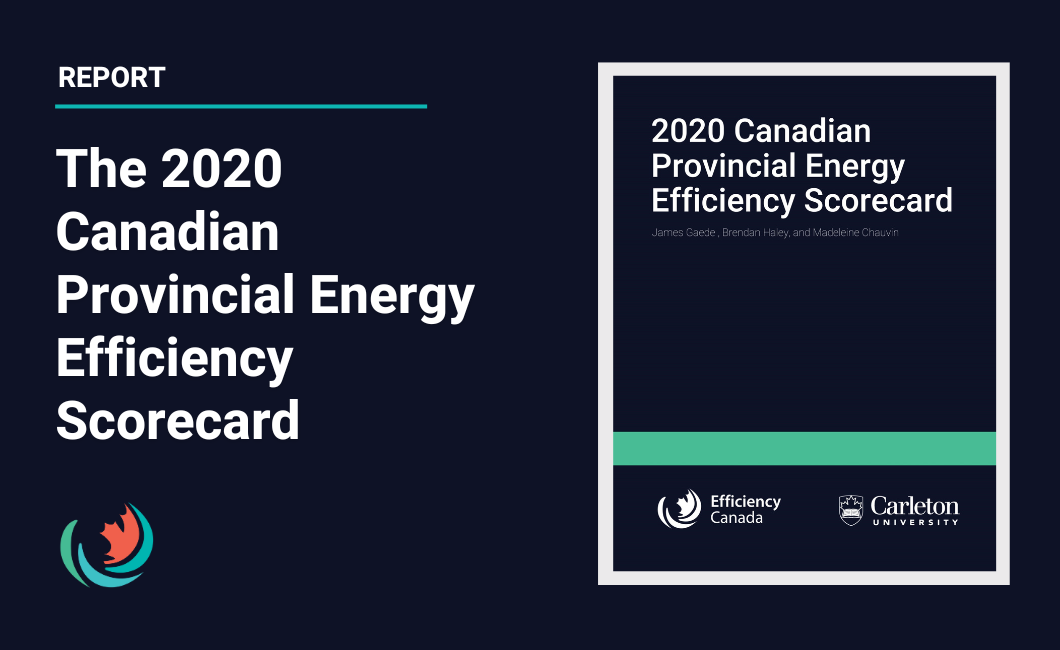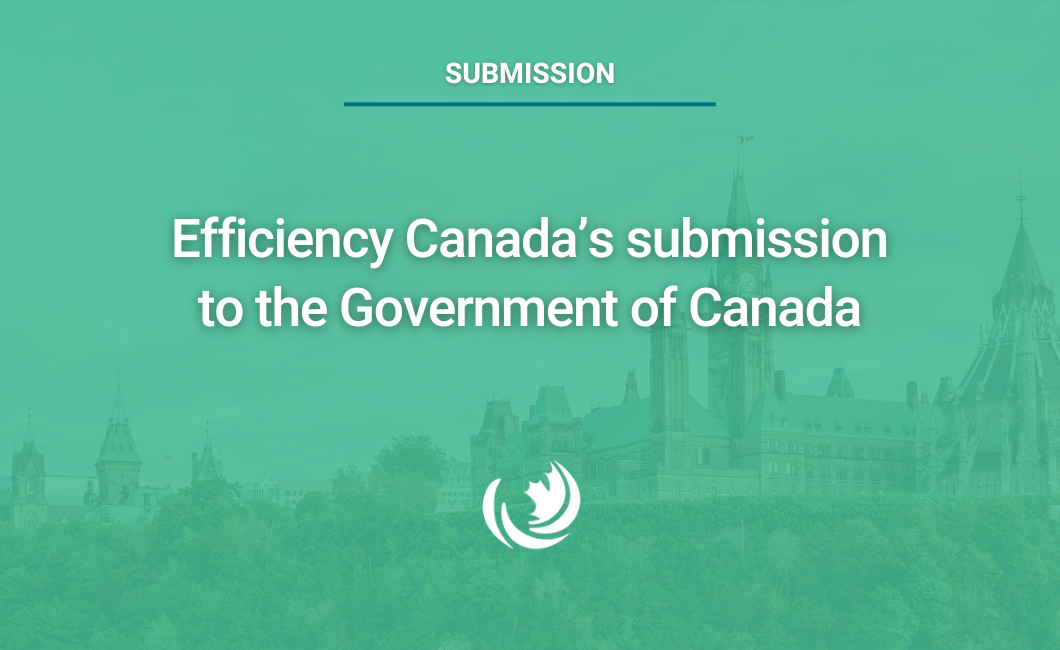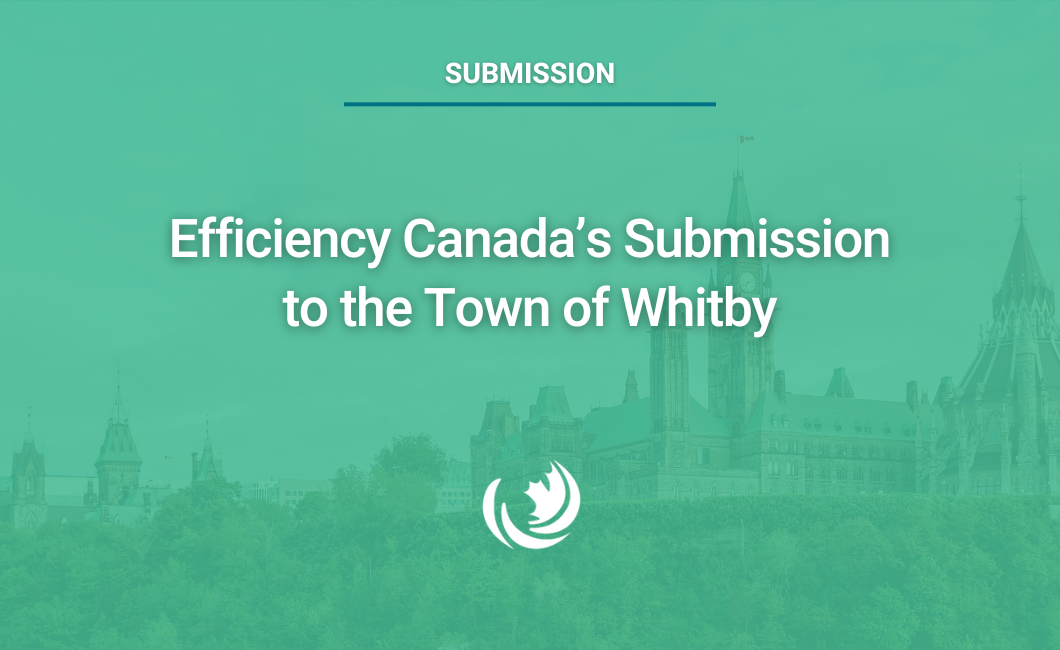
The second Provincial Energy Efficiency Scorecard, assesses energy efficiency policies and outcomes introduced or implemented between January 2019 and June 2020. Authored by James Gaede, Brendan Haley, and Madeleine Chauvin.

This report examines how the development of the 2020 model national energy codes navigated this tension between a minimum standard building energy code and an implicit goal within the PCF to promote market transformation towards highly efficient and low-carbon buildings. Authored by Kevin Lockhart and Brendan Haley.

Building codes are established by law in the provinces or territories in which the building will be constructed. Compliance with code falls in the purview of the city or municipality, known as the Authority Having Jurisdiction (AHJ). The AHJs must enforce
the safety, accessibility, and other objectives of code for new buildings, which requires knowledgeable resources in multiple technical disciplines. Adding in energy codes has presented some challenges for AHJs, let alone adding in potentially multiple tiers of energy compliance. Authored by Andrew Pride.

At the end of April, 59 energy efficiency and supporting organizations signed onto a joint letter calling for the extension of Ontario’s conservation and demand management (CDM) programs.

The multiple benefits of energy efficiency can help Canada manage both demand and supply shocks from COVID-19 while improving the operation of our buildings to reduce virus transmission.

We are writing to you in support of the proposed changes to the Town of Whitby’s planning process that will introduce Green Development Standards (GDS) to encourage the uptake of energy efficiency and environmental performance measures that lead to the increased sustainability of new developments. Authored by Kevin Lockhart.







